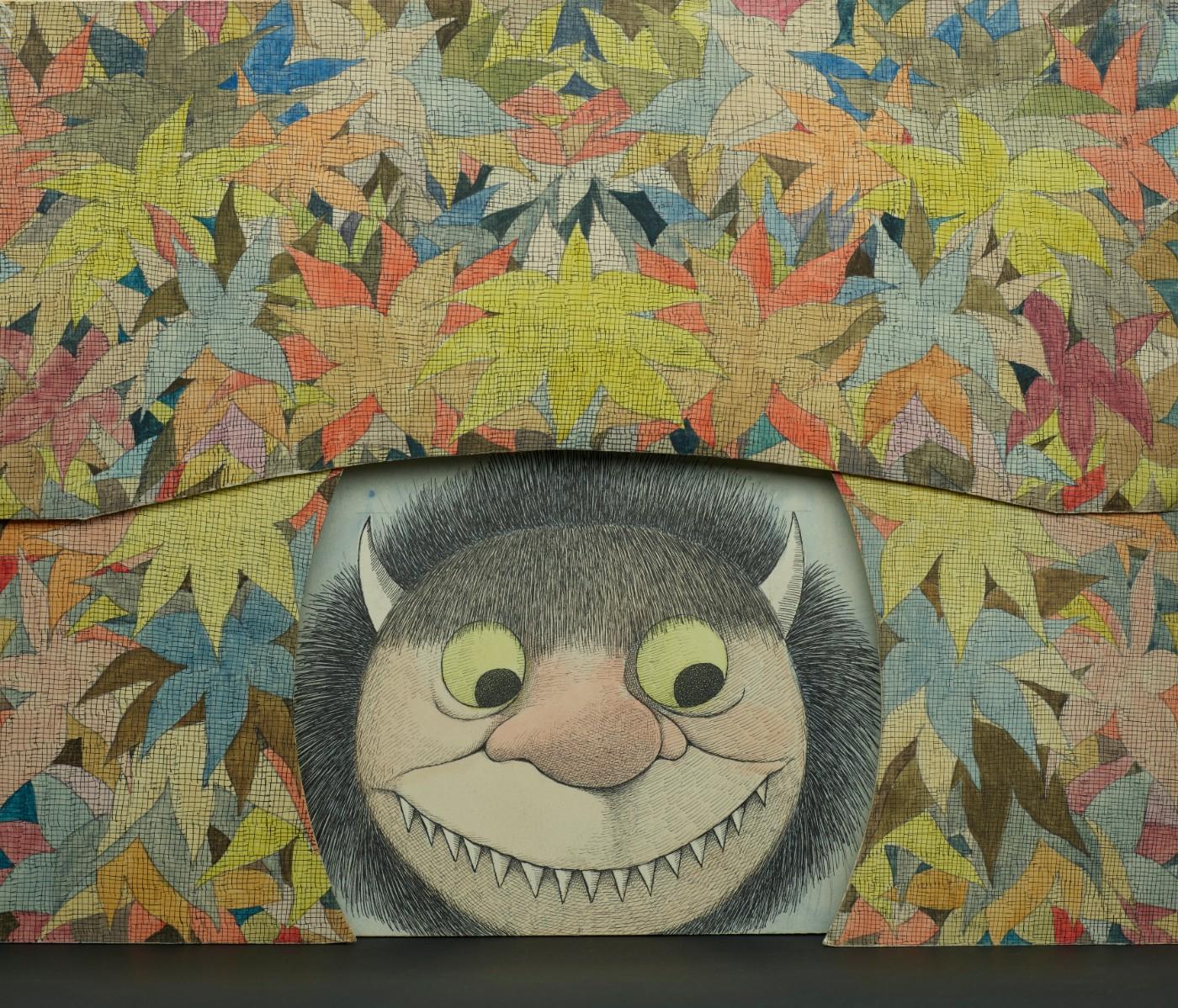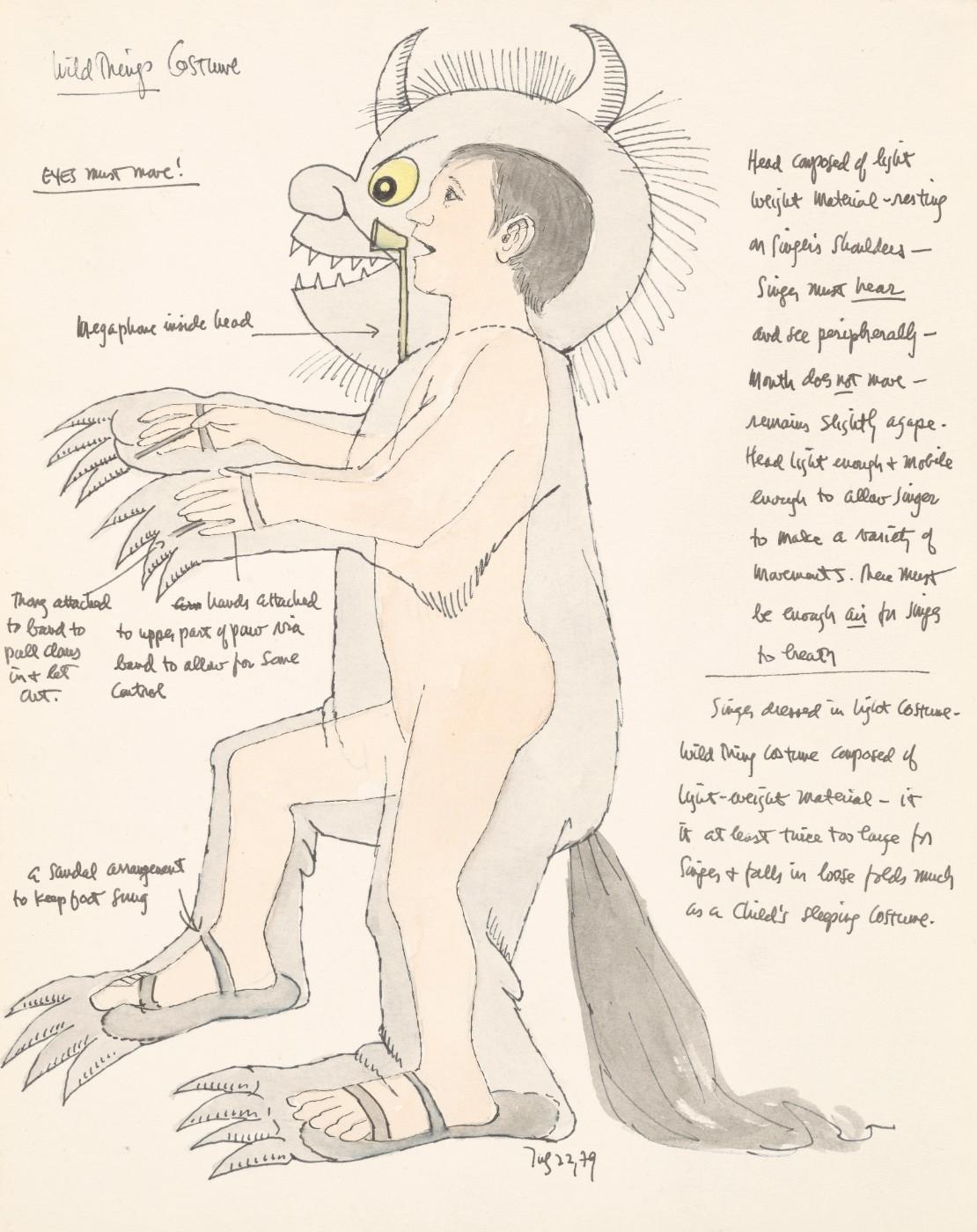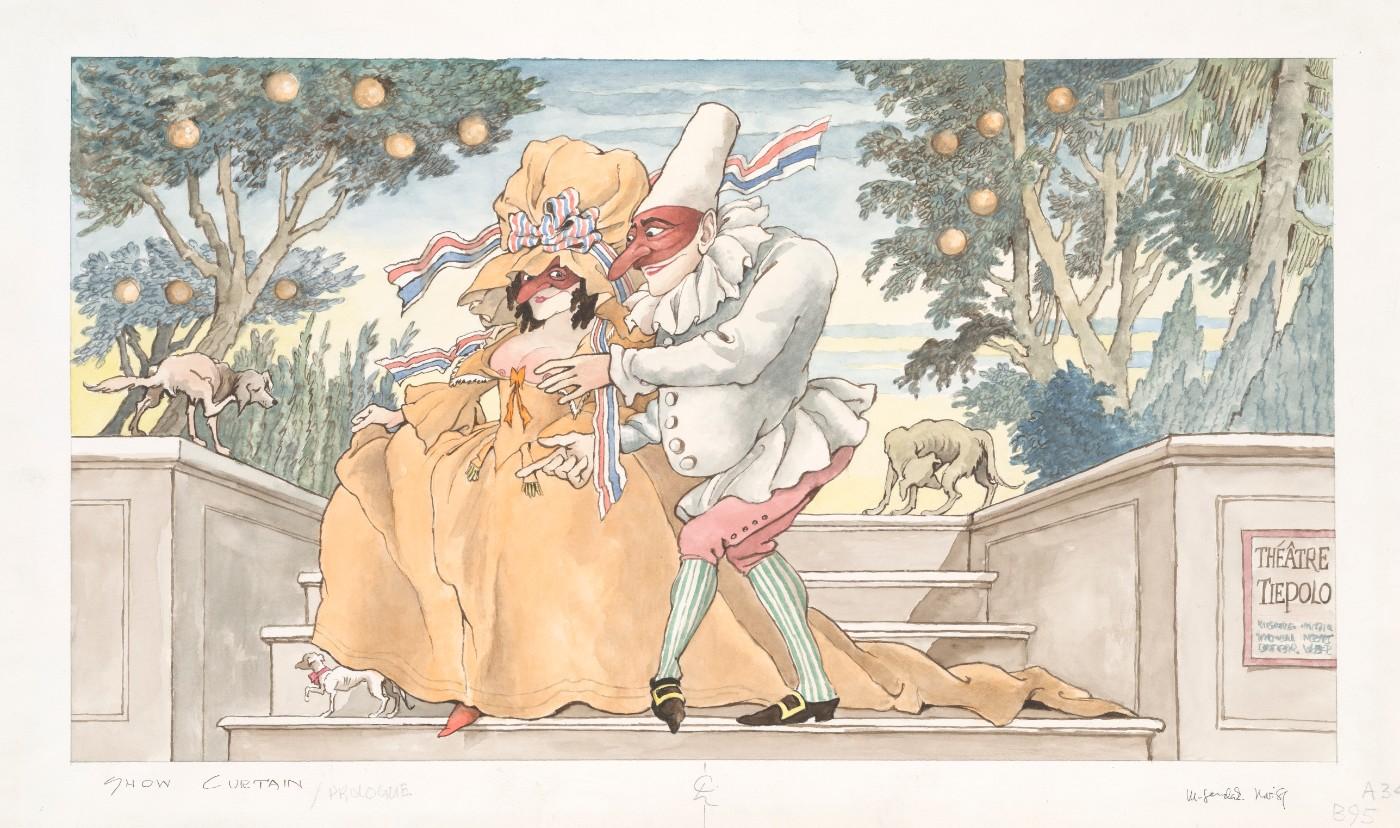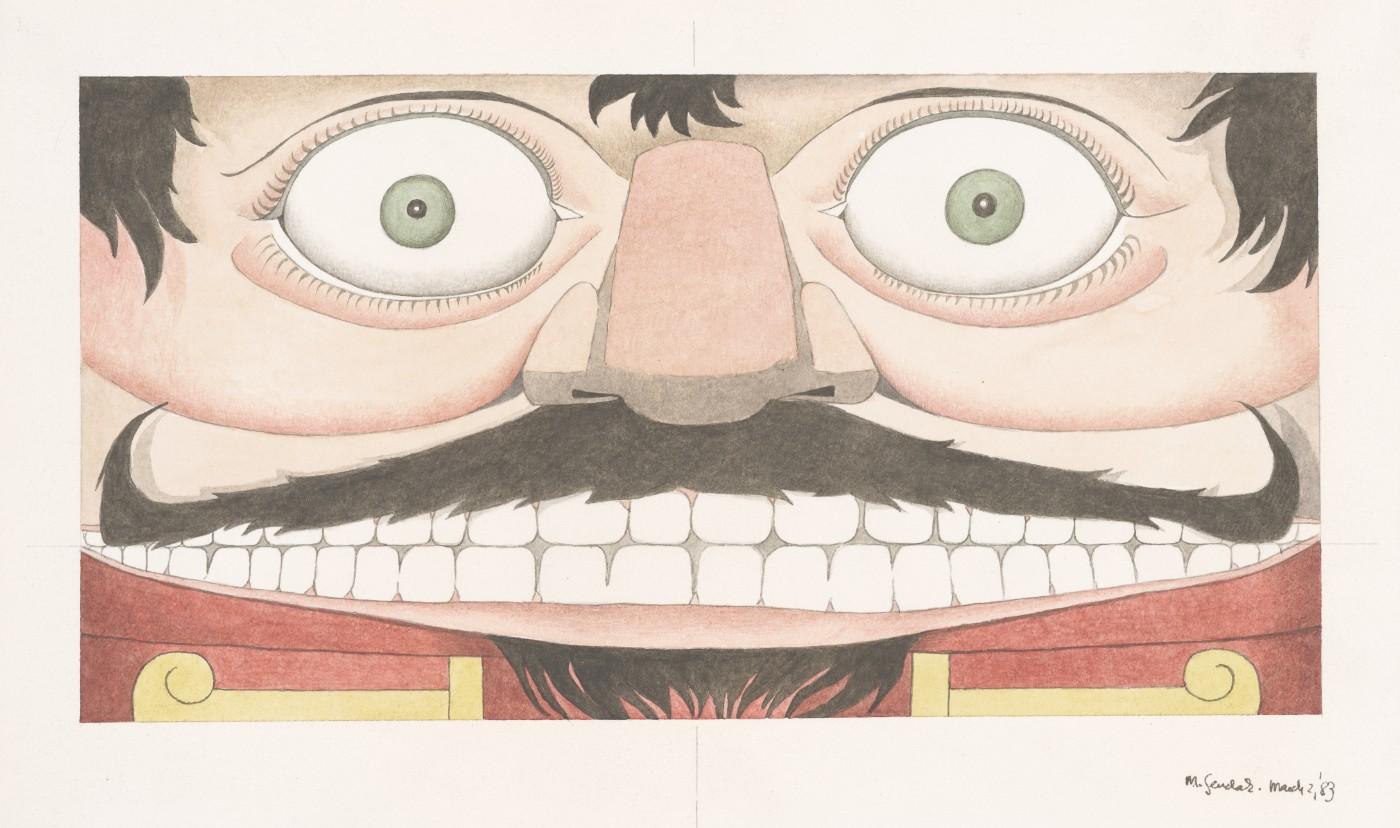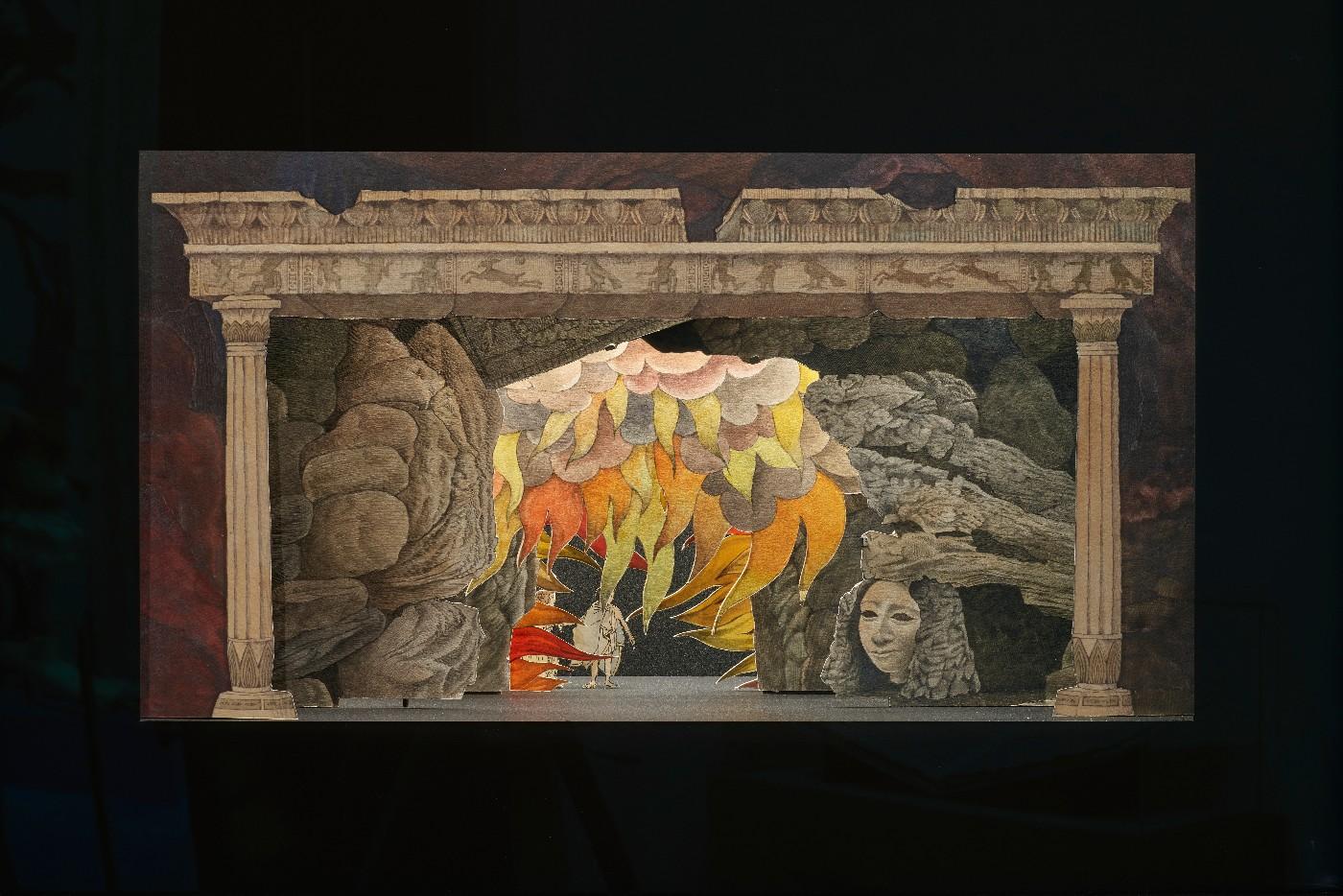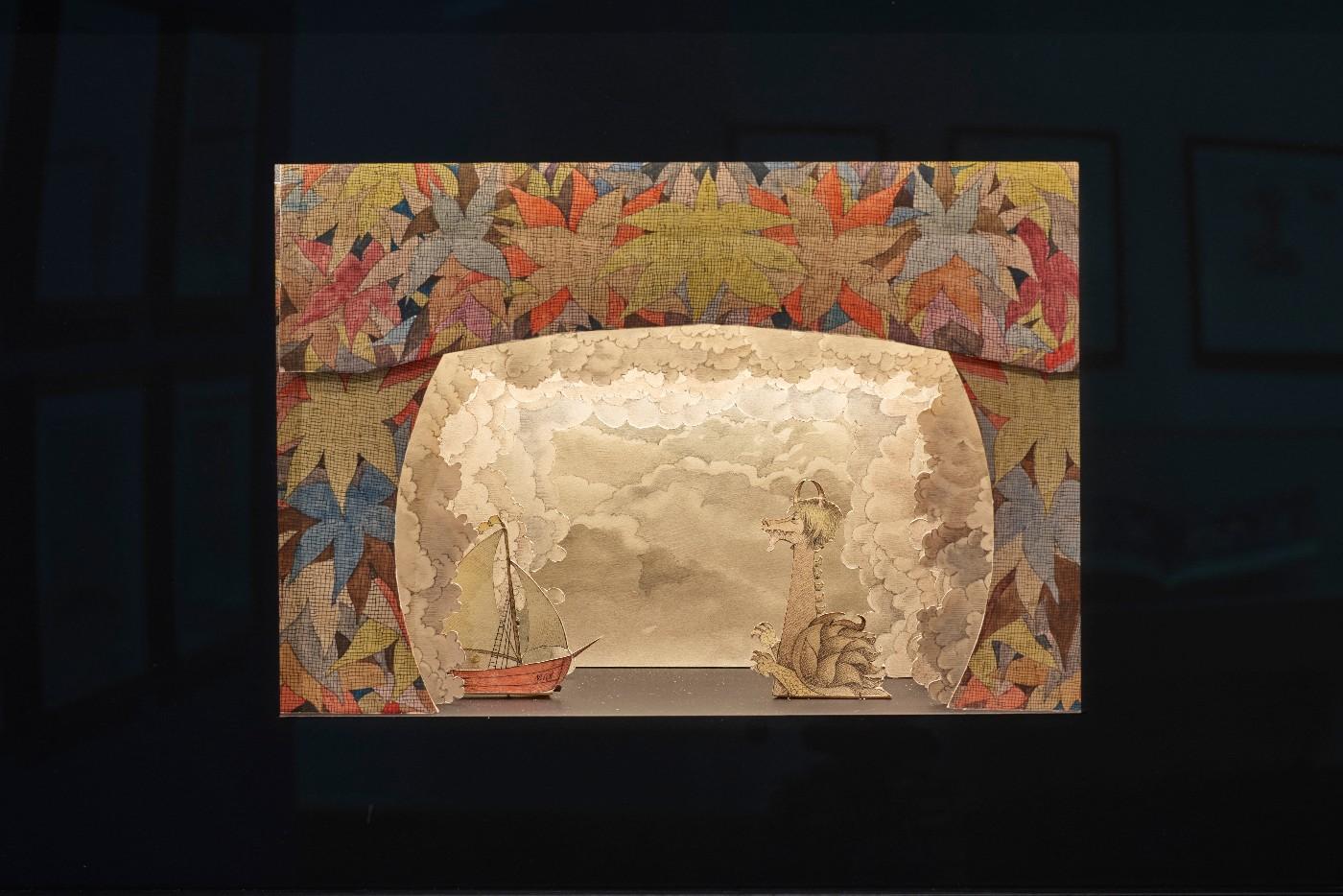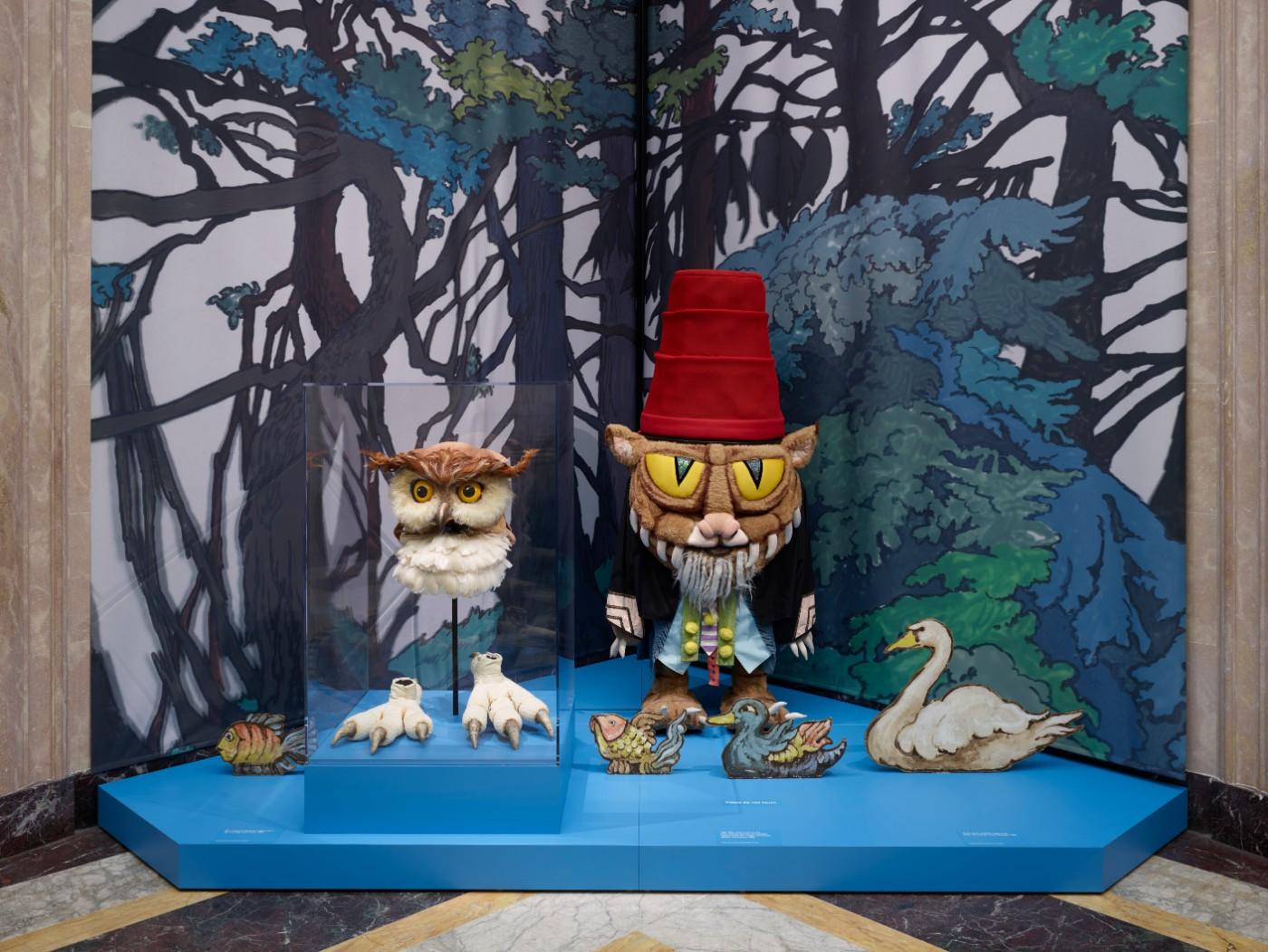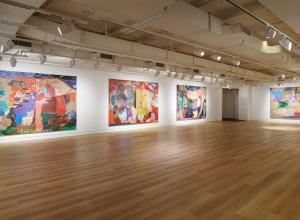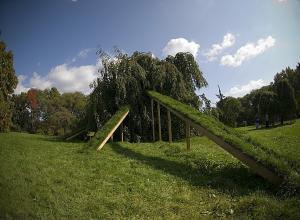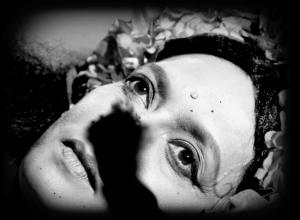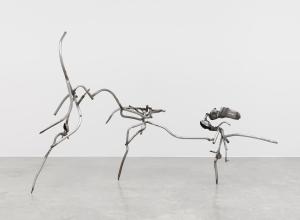While many are familiar with Sendak’s illustrations, be it through Where the Wild Things Are, or his other books, like In the Night Kitchen (1970) or Outside Over There (1981), fans may not know of his love of opera and the theater. A new exhibition at the Morgan Library & Museum shows us this side of Sendak, who devoted his talents to the stage in addition to his books.
Born in 1928 in Brooklyn, Sendak knew from the age of 12 that he wanted to be an illustrator. He first worked on other author’s texts, such as Else Holmelund Minarik's Little Bear series, before becoming an author himself. His books were wildly popular, and Sendak went on to work with Jim Henson and Sesame Street, amongst others, creating a number of animated television shows for children.




